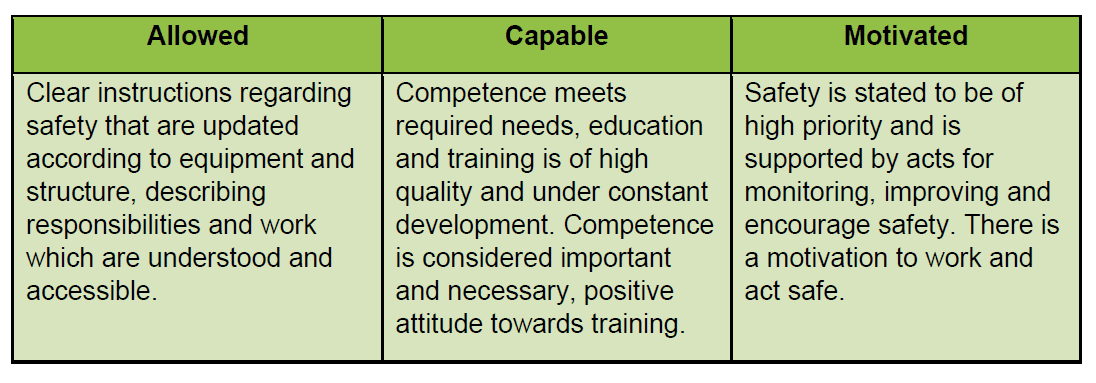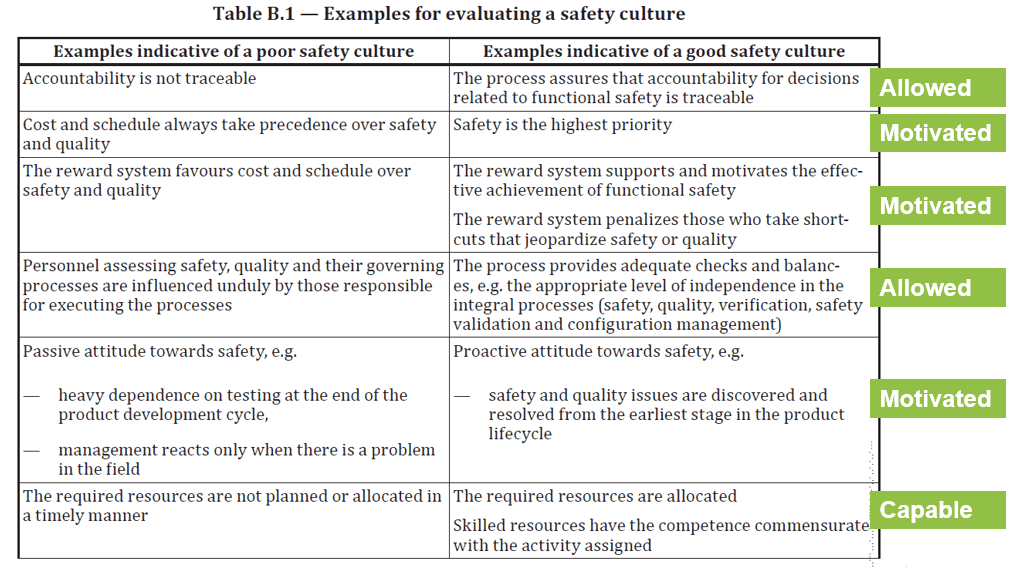Safety is a topic with a long history, and it has been UL’s mission for more than 125 years. From the environment to public property and personal health, safety is indispensable and is closely related to human life.
As technology advances, safety is increasingly being taken seriously by the public, manufacturers and governments. However, whether it is in aerospace, rail transportation, road vehicles or petroleum and petrochemical industries, there are still many accidents every year.
Whenever an accident occurs, there is usually a question asked by media and the public, “Why?” An accident investigation might cite factors such as an operator’s misuse or the error of safety critical software, but missteps like these often stem from the organizational environment and atmosphere. The organization must support safety in its core beliefs and culture. That is safety culture.
The definition of safety culture in the ISO 26262 standard is “enduring values, attitudes, motivations and knowledge of an organization in which safety is prioritized over competing goals in decisions and behavior” (See reference [1]). Then, how can we implement the safety culture in practice, how can we improve the safety culture continuously, and how can we evaluate that we have a good safety culture?
Safety culture was not properly discussed until the late 1980s when the repercussions of the Chernobyl accident in 1986 and the Piper Alpha accident in 1988 were analyzed. Both accidents were investigated and attributed in part to lack of a safety culture.
In 1993, the Advisory Committee on Safety of Nuclear Installations defined the safety culture of an organization as “the product of individual and group values, attitudes, perceptions, competencies, and patterns of behavior that determine the commitment to, and the style and proficiency of, and organization‘s health and safety management” (See reference [2]). And, there are some research studies that show if the individuals who are involved in the safety lifecycle are “allowed”, “capable” and “motivated” to contribute in safety works, the risk through the whole lifecycle can be significantly reduced (See reference [3]).

“Allowed” is related to safety process and its implementation, “capable” is related to training and competency, and “motivated” is the key part for a good safety culture which is related to employee engagement, management commitment and continuous improvement.
Going back to ISO 26262, there are some examples in the standard that discuss safety culture, which can also be matched to these three domains.

With this framework, we can develop the maturity levels of each domain and evaluate the performance by questionnaire and checklist accordingly. So that the safety culture of the organization can be developed, maintained and improved with specific domains and directions along with clear guidelines and targets.
Change can be hard, especially when changing human thinking and behavior. The experts at UL have experience with these issues. “Working for a safer world” is UL’s mission and has been the foundation of the organization’s existence for the last 125 years. We look forward to continuing that mission by helping your company build safety culture.
References:
[1] ISO 26262 Road Vehicles – Functional Safety, Part 2: Management of Functional Safety
[2] International Atomic Energy Agency, Performing Safety Culture Self-Assessments
[3] JOHAN GÖTVALL, A Framework for Assessing Safety Culture

